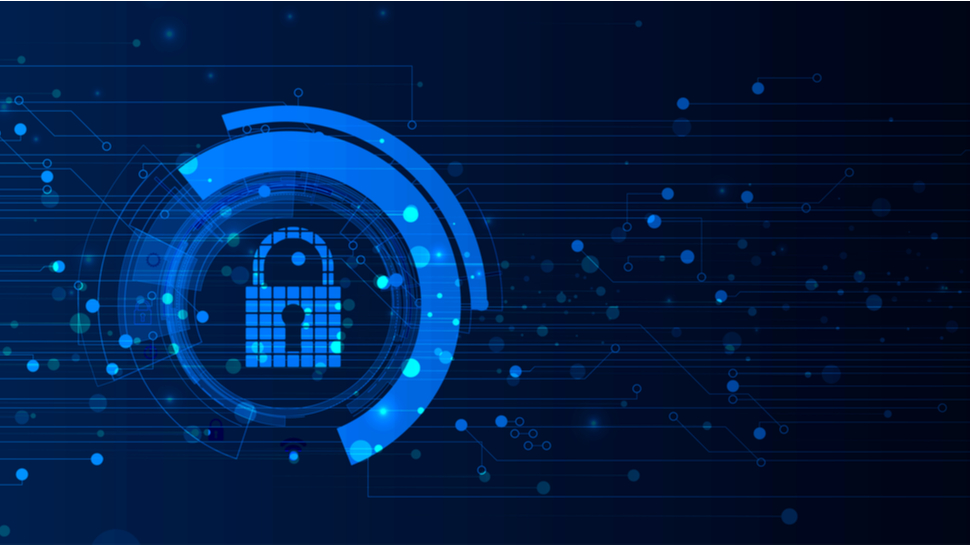
Cybersecurity methods are evolving all the time, with security firms always keen to keep on top of ever-changing trends. One of the more recent additions to the cybersecurity arsenal for many is the use of biometrics, which has become increasingly popular with businesses, but it’s increasingly found favor with personal users too.
Biometrics are, as the name suggests, the use of biological measurements based around physical characteristics, which allow individuals to be identified when they use computing tools, such as laptops as well as smartphones. Methods for biometric identification can include facial recognition, fingerprint mapping as well as retina scans, to name but three.
However, the use of biometrics isn’t just limited to that trio of obvious candidates, with other physical features increasingly finding favor with cybersecurity organizations. Currently, biometrics can also cover physical features and behavior, such as homing in on facial movements or features, the veins in people’s hands or even how someone smells. Biometrics is a broad church, made even more useful due to everyone’s own individual and largely unique physical makeup.
Biometrics in action
The world of cybersecurity has certainly benefitted since the advent of biometrics. It is being used much more frequently thanks to the unique way it works, using physical characteristics to act as an additional security barrier against cybercriminals. Biometrics works particularly well when it’s used alongside password manager systems, where it can supplement access details needed to use the likes of computers, laptops and smartphones.
In some cases, biometrics is also employed as a means for employees to access secure areas of buildings, such as workplace environments or areas that are security sensitive. The obvious benefit is that once a person’s biometric identity has been confirmed, the process can then be used on successive occasions. This makes it ideal as a quick and convenient but highly efficient method of securing hardware or physical locations.
The actual biometric data for an individual can also be stored in an encrypted environment too, such as a device or on a remote server where the information cannot be easily accessed. Prior to that, and an individual’s data can be acquired using a biometric scanning device, which is often hardware built into a computer, laptop, phone or physical location at a place of work.
Using the methods outlined earlier, such as facial, fingerprint or iris scanning the individual’s data can be checked against an existing database to either allow or deny entry. It works really well for hardware, but is also popular as a means for allowing employees to enter secure buildings.
Are you a pro? Subscribe to our newsletter
Sign up to the TechRadar Pro newsletter to get all the top news, opinion, features and guidance your business needs to succeed!
Benefits of biometrics
Using biometrics to identify individuals has proven to be hugely beneficial for the cybersecurity world and acts as a major hurdle against cybercriminals. The great thing about biometrics is that they’re unique to the individual, which means that they’re always there and anyone needing to gain access to a system will not need to worry about forgetting vital information. That’s the complete opposite of passwords for example, which can frequently be forgotten.
The other big bonus, especially compared to passwords, is that biometric data such as fingerprints or iris scans are not as likely to be stolen. Physical details and features are completely different to the letters and numbers used in the creation of passwords. Therefore, using biometrics as a supplement to more conventional password identification can be a huge boost for security as they can be rarely impersonated.
Admittedly, much like any other cybersecurity system, the use of biometrics isn’t completely infallible. Nevertheless, if used alongside other security and access methods, biometrics can certainly make life much harder for cybercriminals. Even in a most basic scenario, it can prevent someone jumping onto your laptop or smartphone for a quick look if you’ve left it unattended for just a few minutes.
Biometric security options
The great thing about using biometric security measures is that it can offer up a wide variety of options to choose from. For example, biometric security can include fingerprint scanning, facial recognition and iris recognition, as well as recognizing voices or even using heart-rate sensors to detect a person is who they really say they are. In that respect, it is super flexible.
One of the obvious beneficial implementations in an everyday scenario is the way biometrics are now incorporated into e-Passports. Not only does this important document contain personal data, including a photo, but biometric data is incorporated into a chip, which forms the makeup of the passport. The benefit of this multi-layered approach is that it can stop the passport from being easily duplicated and the chip being read or skimmed using a data reader.
As biometrics evolves, we are also seeing it used increasingly across the business spectrum with banks frequently using voice recognition to identify customers. Similarly, the automotive sector is another area where the potential for biometric sensors and voice recognition is increasingly going to be used, both as a security tool but also for personalizing the owner’s experience, based on the data the vehicle holds on them.
Using biometrics effectively
Perhaps unsurprisingly, as is the case with any new technology, there have been some concerns raised about just how safe and secure biometrics can be. Using biometrics has been proven to be very effective against cybercriminals thanks to its levels of sophistication, especially when a device implements multi-layered options for an individual to gain access, such as facial and voice recognition alongside fingerprint scanning.
However, despite the million or billion-to-one chances of biometrics being fooled, in some cases it can be done. Cybersecurity experts are constantly looking at methods to prevent security breaches, such as fingerprint cloning, which allows cybercriminals to dupe them using scanner hardware. In that respect, fingerprint readers are seen as being particularly susceptible to security breaches, which is why anyone wanting a truly secure solution will want to use a combination of the biometric techniques outlined above.
Of course, the other issue for many will be the collection and storage of personal data. Getting biometrics to work effectively means the need to archive personal information, such as fingerprints and there’s also a requirement for keeping photos of faces on file. This isn’t immediately appealing to a lot of people, for obvious reasons. What’s more, the threat of having this valuable data compromised, or worse still, stolen and used for criminal gain is always a possibility.
The future for biometrics
Perhaps biometrics will continue to form just one part of a multi-layered effort to thwart the cybercriminals. While biometrics can be useful as a replacement for the likes of two-factor authentication, when a user needs to go through a process of supplying more information rather than just one password, it is perhaps a combination of all these cybersecurity techniques that will end up proving to be most effective.
In fact, the use of biometrics plus two-factor authentication along with a reputable, paid-for password manager software solution is perhaps the way forward for tackling cybercriminals. While any method is never going to be totally secure, using this cocktail of techniques and in particular, by exploiting the unique power of biometrics, could be one of the best deterrents against the criminal fraternity. For now, at least…
Rob Clymo has been a tech journalist for more years than he can actually remember, having started out in the wacky world of print magazines before discovering the power of the internet. Since he's been all-digital he has run the Innovation channel during a few years at Microsoft as well as turning out regular news, reviews, features and other content for the likes of TechRadar, TechRadar Pro, Tom's Guide, Fit&Well, Gizmodo, Shortlist, Automotive Interiors World, Automotive Testing Technology International, Future of Transportation and Electric & Hybrid Vehicle Technology International. In the rare moments he's not working he's usually out and about on one of numerous e-bikes in his collection.

